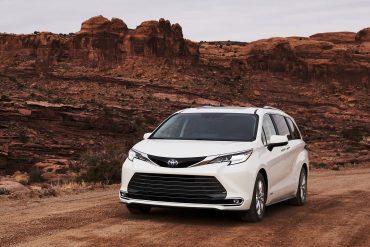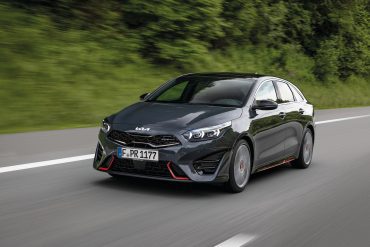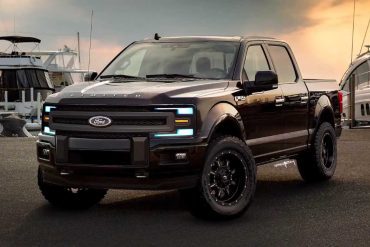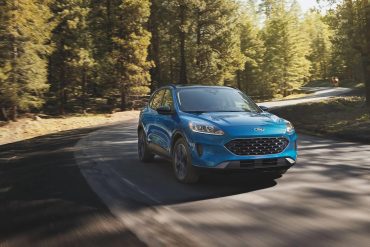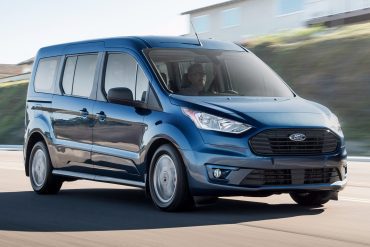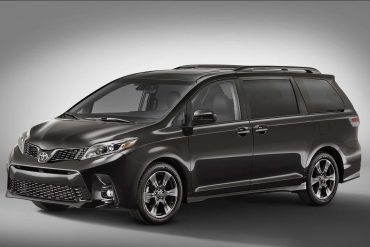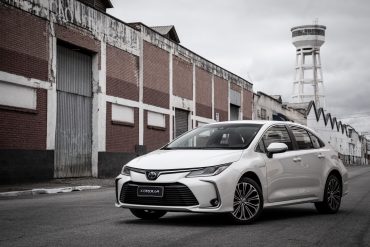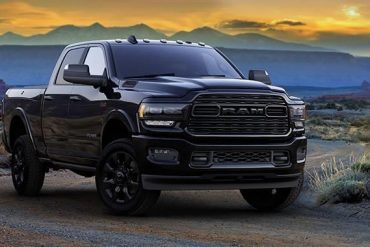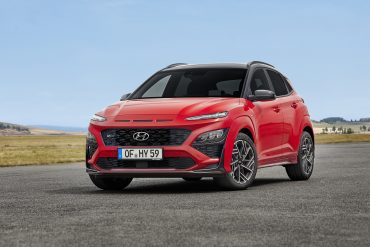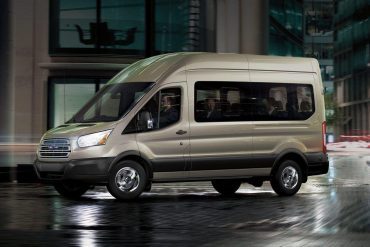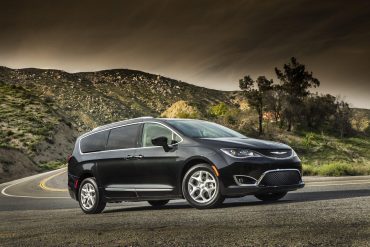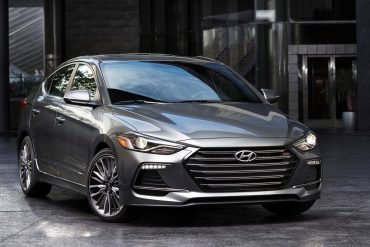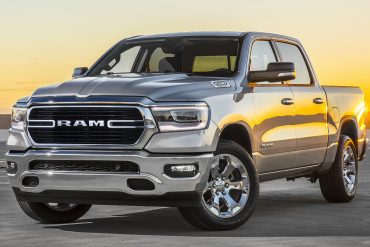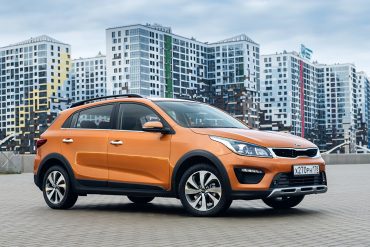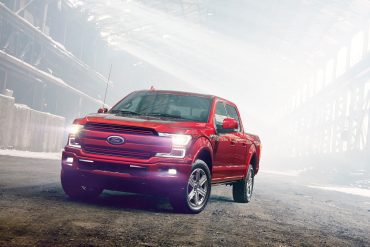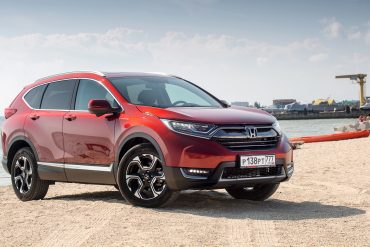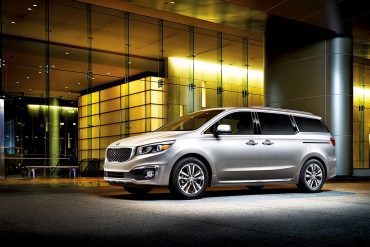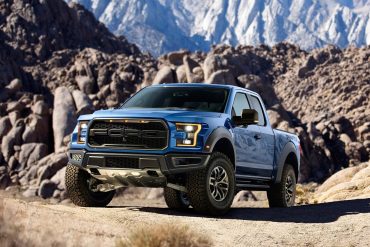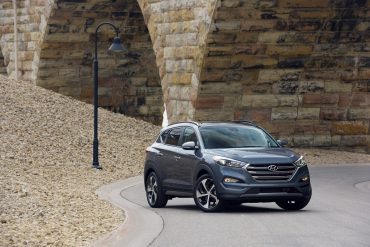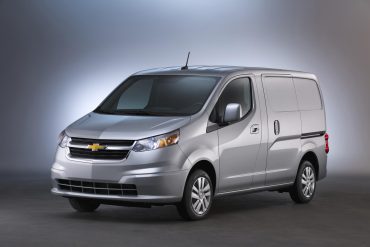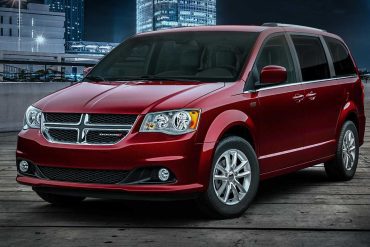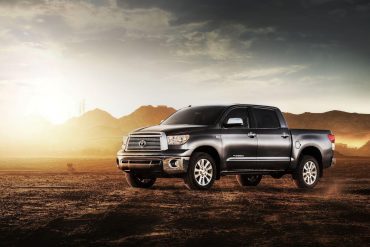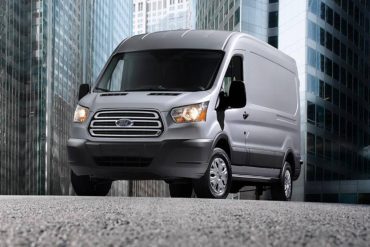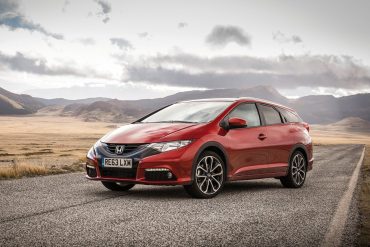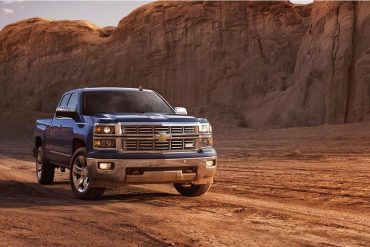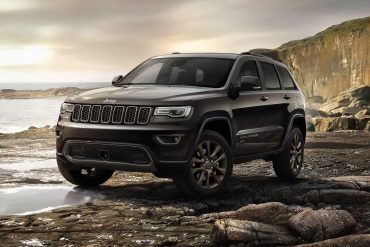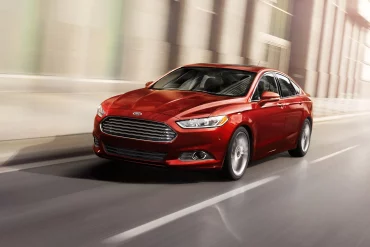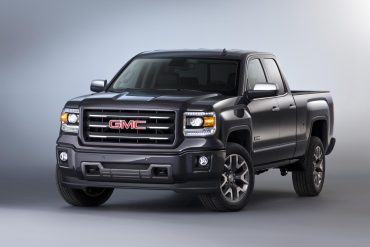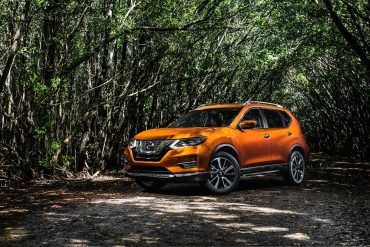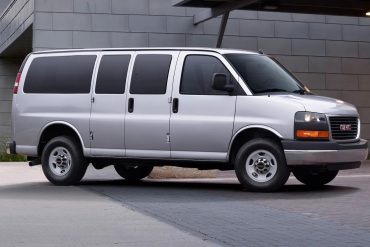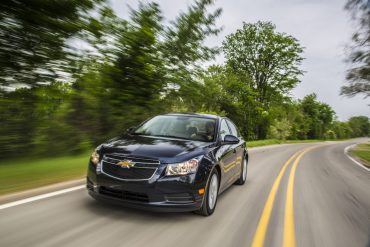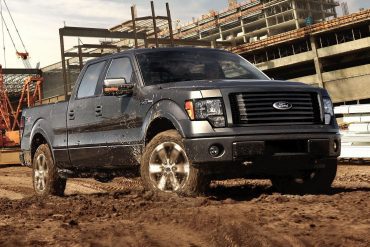Quick Links: 2021 / 2020 / 2019 / 2018 / 2017 / 2016 / 2015 / 2014 / 2013 / 2012
The segment mix in the Canadian automotive market has undergone noticeable shifts over the past decade. The market dynamics have changed considerably due to evolving consumer preferences, technological advancements, economic factors, and other influences. Traditionally, sedans and compact cars held a significant market share in Canada. However, over the past decade, there has been a marked decline in their popularity. Vehicles like the Honda Civic, while still popular, have seen challenges as consumer preferences shifted. One of the most prominent trends of the past decade is the ascendance of SUVs and crossovers. These vehicles have gained favor due to their versatility, driving position, perceived safety, and suitability for Canadian terrains and climates. Subsegments, from compact crossovers to full-sized SUVs, have seen growth. Pickup trucks, particularly in certain regions like Alberta with its oil and agricultural industries, have maintained a robust position. Trucks like the Ford F-150, Ram 1500, and GMC Sierra have consistently been among the top sellers. A decade ago, EVs held a minuscule market share. But with technological advancements, better infrastructure, and governmental incentives, EVs and hybrids have begun to claim a more significant slice of the market, especially towards the latter part of the decade. The luxury segment has seen consistent growth. More Canadians have shown interest in premium and luxury brands, leading to increased sales for brands like Mercedes-Benz, BMW, Audi, and Tesla. Once a staple for families, the minivan segment has faced challenges. With the rise of three-row SUVs and crossovers offering similar space and versatility, minivans have seen a reduction in market share, though vehicles like the Dodge Grand Caravan and Toyota Sienna still had their loyalists.



